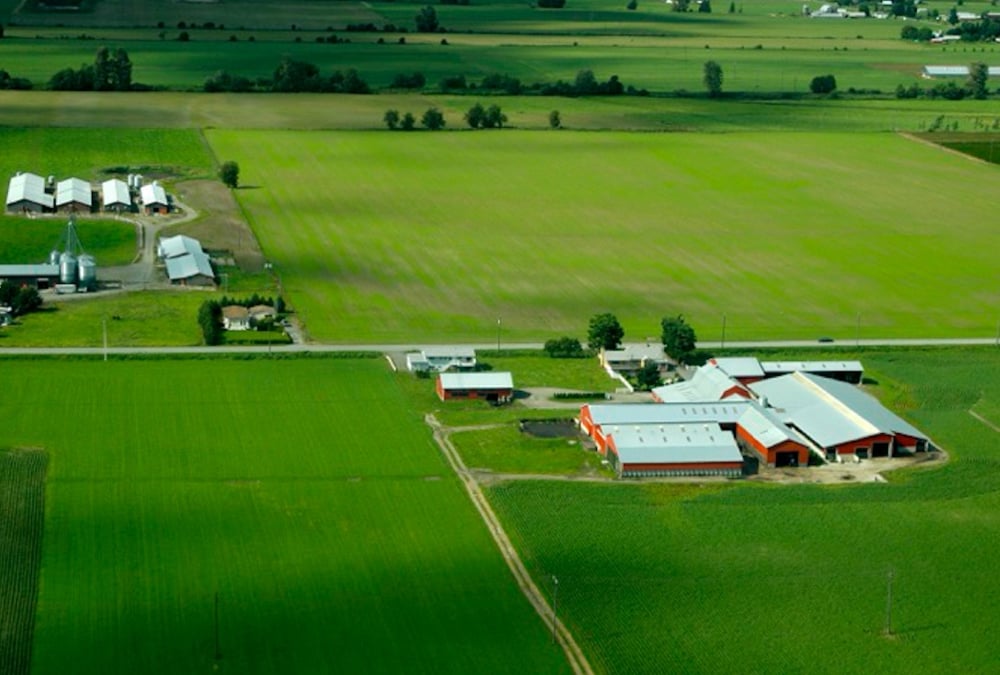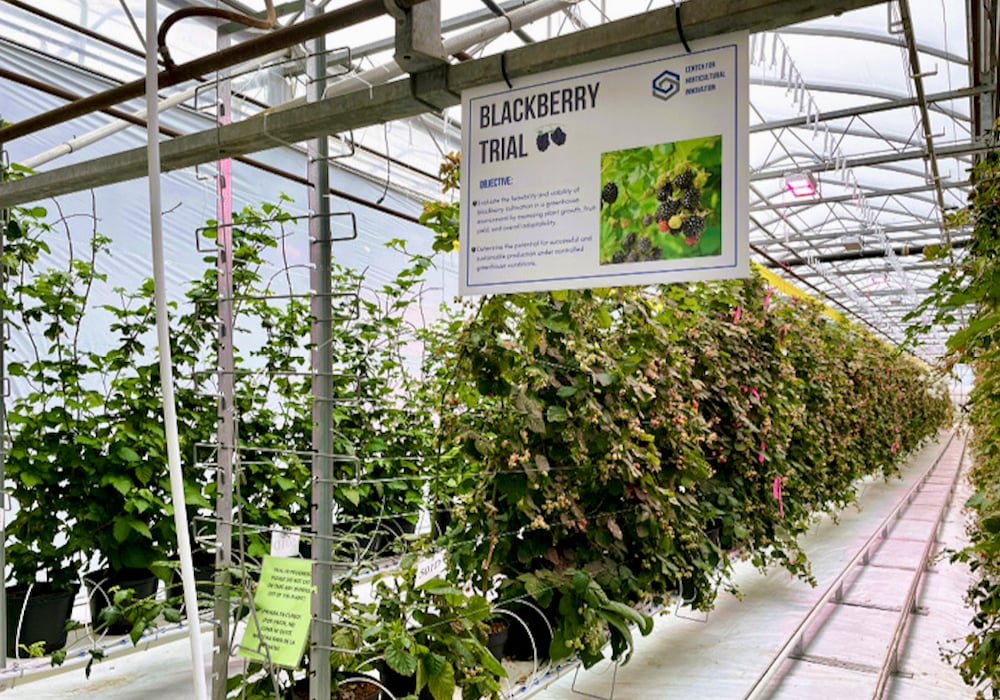Opinion: Diversity model may buffer risk of farmland buys

Glacier FarmMedia – It’s the time of year that farmland often changes hands.
Read Also

Innovation centre fills greenhouse industry R&D gaps
Tomatoes, peppers and cucumbers are the greenhouse crops for which Ontario is probably best known. The province is home to…
This spring, there is an increase of sales in certain sectors, driven by land stress and owners’ inability to weather another financial or literal storm. Many of these properties are monocultures or singularly focused production units and highly dependent on one source of income from one crop.
Monocultures are great for scaling up and for having one specialized line of equipment, data base, parts inventory, market, husbandry system and storage facilities. These farmers tend to be very good at what they do, are technically advanced and keenly focused on their chosen sector.
However, a monoculture is known to be tough on natural land regeneration if not handled properly and there is no safety net, other than hedging or government intervention through insurance, payout or subsidy.
Risk mitigation has always been important for farmers. Regardless of how nice a day it was when the farm was bought, there will be tough spells before it is sold or transferred.
There is no claim that mixed farms are under less tension from weather events, but something is usually harvestable and saleable. This mitigates crop and financial risk and can also be a labour advantage.
Bringing in several hundred people to harvest cherries and then sending them home is expensive, tough on the employee and does not spread the risk of labour acquisition. A farming operation with a variety of crops can distribute fewer staff over a longer season and, in some cases, create permanent homes for employee families with year-round engagement, especially if any value adding, such as packaging or product creation, occurs on the farm.
Debates around monoculture often focus on loss or lack of biodiversity. There is mounting scientific evidence that highlights the intergenerational advantage of bio-diverse systems. Farmers who like the open fields of a monoculture know the importance of this and practice such actions as no-till to ensure moisture retention.
Those buying land this spring are making a serious investment. The average increase in value of cultivated Canadian farmland was 11.5 per cent in 2023, and there is clear evidence that the cost of owning land in some areas now outstrips its income generation ability.
Regardless of farm size, the operation that uses a model of diversity and maintains and integrates natural landscapes may be more resilient in times of weather and financial stress, as the risk is spread over several enterprises. The big advantages in complimentary biodiverse systems are that water is captured and retained, land is renewed, carbon is sequestered, beneficial insects, birds and wildlife live in a harmonious ecology and there is cash flow in intervals.
Although the system might be stressed, it is not often destroyed when exposed to a series of extreme weather events. It’s something to think about when restructuring the farm for the future.
Source: Farmtario.com

